The Fabulous Galapagos Islands
A province of the South American country of Ecuador
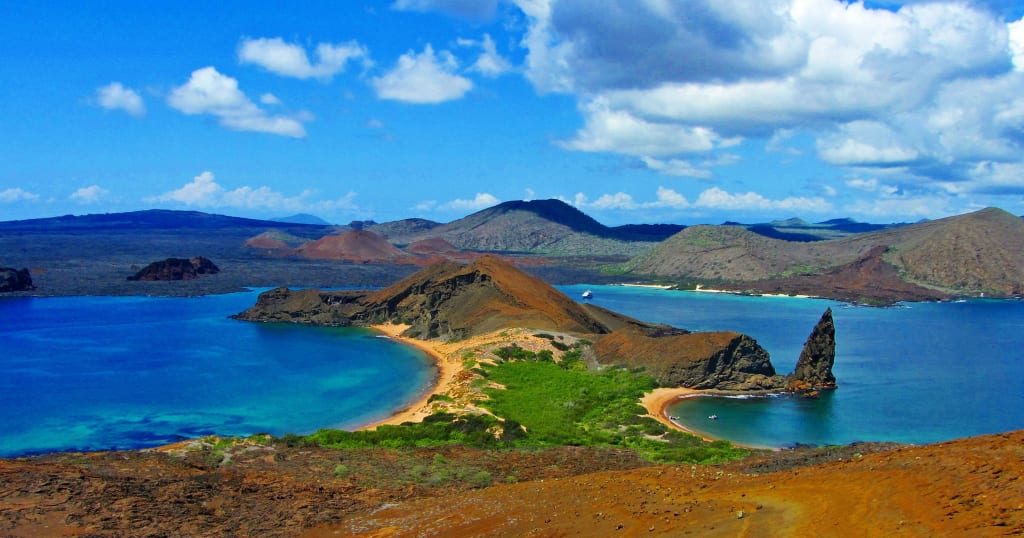
The Galapagos Islands located in the Pacific Ocean, is a volcanic archipelago. It’s a province of Ecuador, lying about 1,000 km off its coast. It has an isolated terrain that shelters a large variety of plant and animal species. Charles Darwin visited here in 1835 and his observation of the species here inspired his theory of evolution.
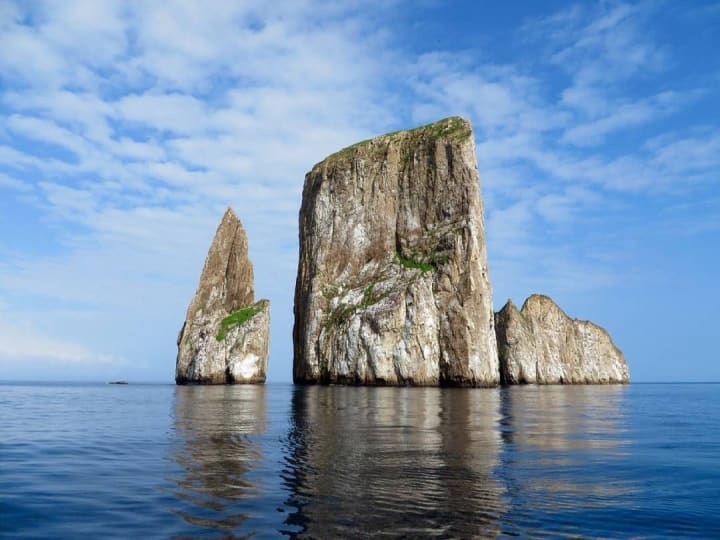
Leon Dormido or Kicker Rock is an hour’s boat ride northeast of Puerto Baquerizo Moreno, the capital of The Galapagos Islands. This rock got its name because it looks like a sleeping lion. It’s an amazing, vertical, sheer-walled tuff cone that has eroded in half with time and now smaller boats can sail between the two rocks.
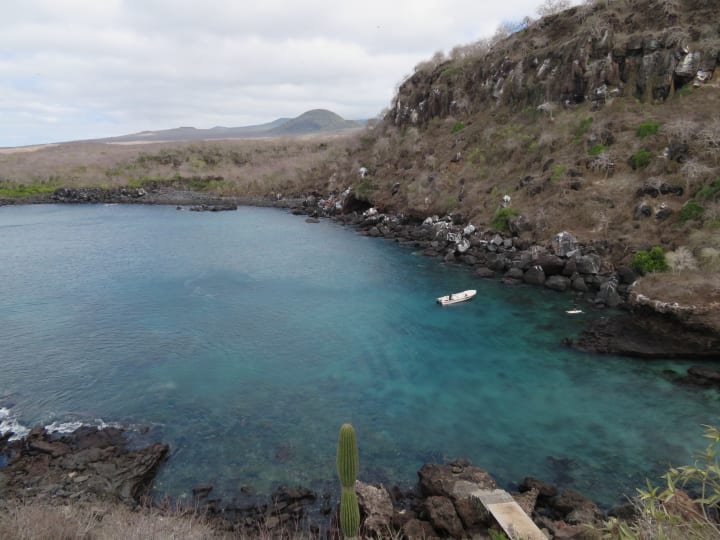
Since there’s no place to land boats people approach the rocks by snorkeling or viewing it from the top of Cerro de las Tijeretas outside of Puerto Baquerizo Moreno which is more dramatic during the setting of the sun.
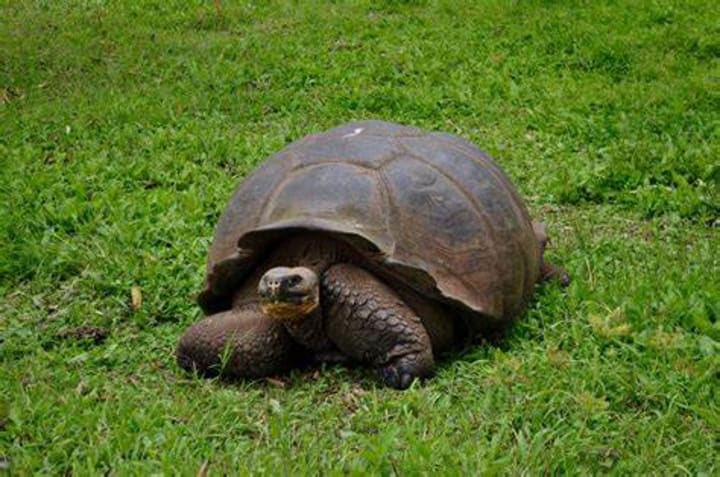
El Chato Tortoise Reserve is the place where you can see giant tortoises in the wild. At this reserve birds like short-eared owls, Darwin finches, yellow warblers, Galapagos rails, and paint-billed crakes have made their home. This reserve is a part of a national park and you need a guide to take you about.
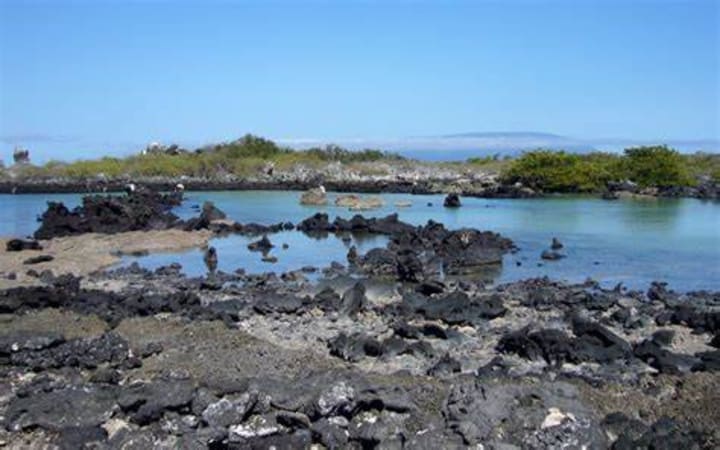
Volcan Alcedo summit at 1097 m is known for its 7 km wide caldera and steaming fumaroles. Especially from June to December you can see hundreds of giant tortoises here while juvenile haws fly up high. The view is breathtaking. Permits are required to hike up the trail and to camp near the summit.
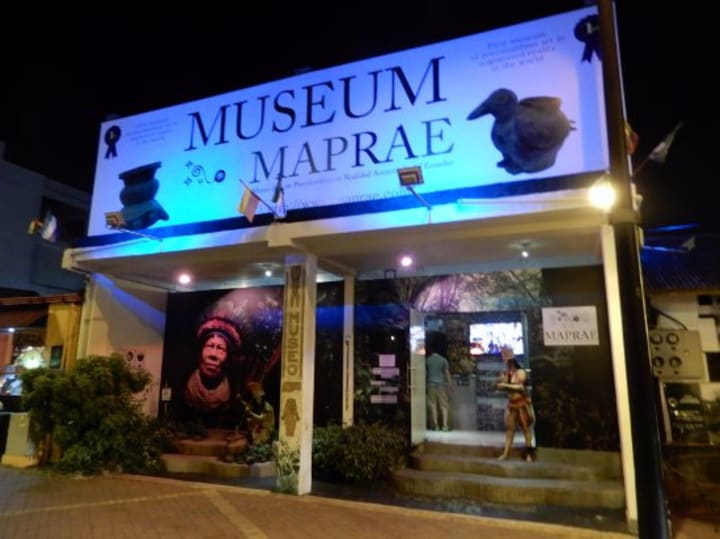
MAPRAE Museum is the first of its kind in the world to use augmented reality to showcase a permanent exhibition of 55 pre-Columbian artifacts. Here visitors get to see the ancient cultures of Ecuador’s Amazon and coastal regions come to life as they point smartphones or tablets at one of the relics to get historical information and 3D images directly on their device.
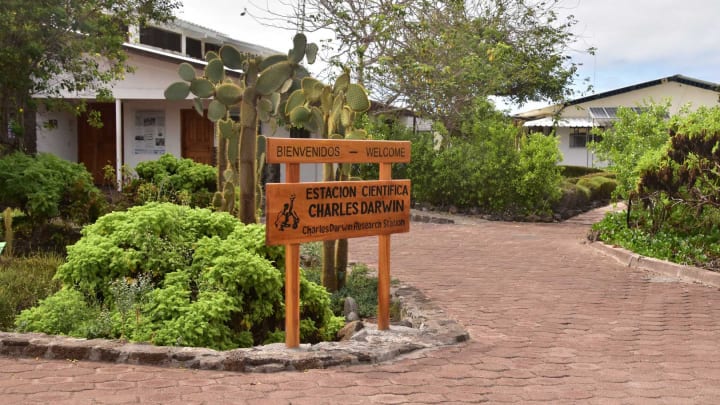
Charles Darwin Research Station located northeast of Puerto Ayora is a national park site. Here over 200 scientists and volunteers are doing research and conservation efforts, involving a captive breeding program for giant tortoises. There are paths that lead visitors through arid-zone vegetation and past tortoise enclosures. There is also a baby tortoise house with incubators for the smallest tortoises. Other highlights here include a small enclosure with several land iguanas. Visitors can follow paths through arid-zone vegetation like saltbushes, mangroves, and prickly pears. Many land birds to see like Darwin finches. It is supported by contributions to the Galapagos Conservancy.
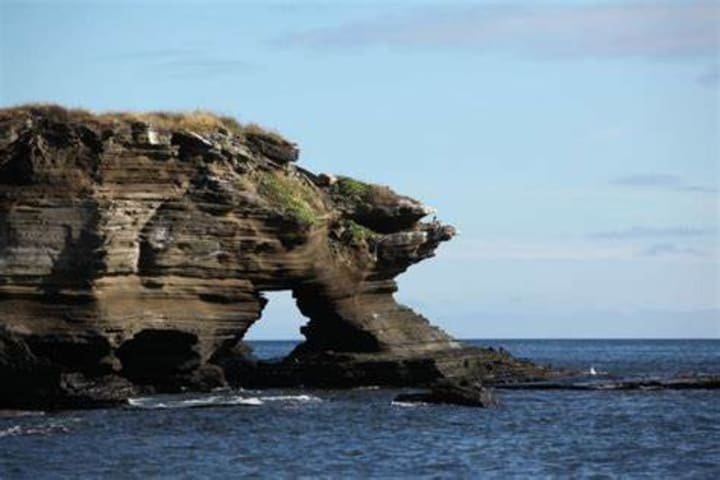
Puerto Egas is one of the most popular sites in the Galapagos. Here a long, flat, black lava shoreline has eroded shapes that form lava pools, caves, and inlets which are home to lots of wildlife. You can see colonies of marine iguanas sunbathing and hundreds of Sally Lightfoot crabs. In the inlets are sea lions. This stretch is named after Dario Egas, the owner of a salt mine.
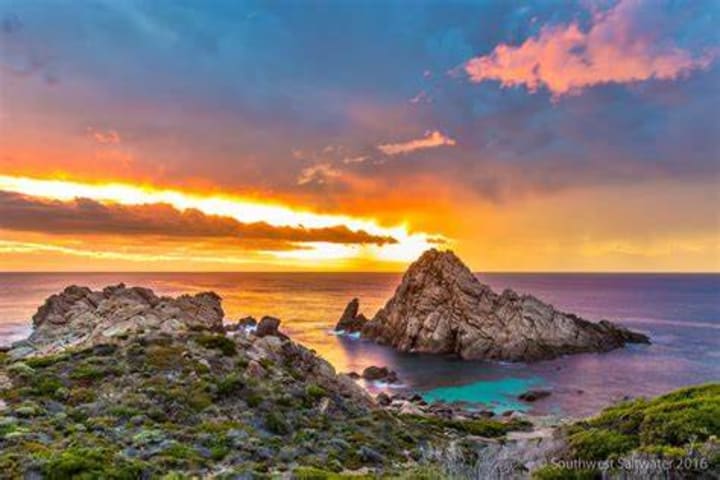
Behind this black lava shoreline is Sugarloaf Volcano which can be reached by a path along which you can see lava lizards, Darwin finches, and Galapagos doves. On the summit are spectacular views. In an extinct crater, feral goats can be seen.
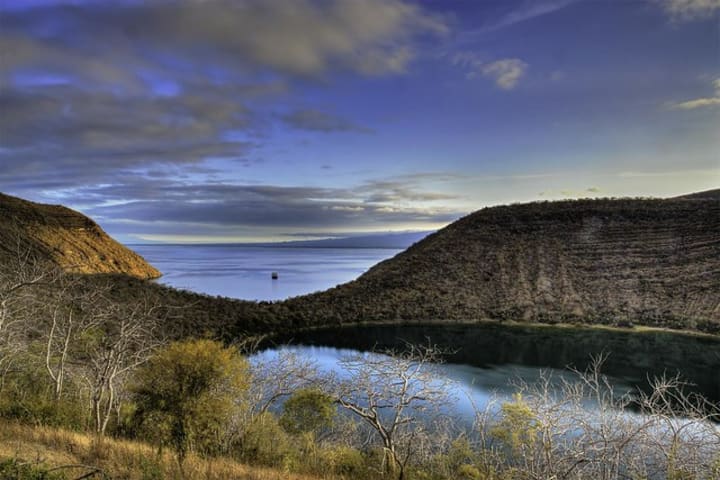
Darwin Lake starts at a 2 km-long trail taking you past this saltwater lagoon. The trail goes to the lower lava slopes of Volcan Darwin where there are different volcanic formations and amazing views of the surrounding slopes. A pangoride along the cliffs to Tangus Cove lets you see the historical graffiti and different seabirds among them Galapagos penguins and flightless cormorants. You can snorkel in the cove.
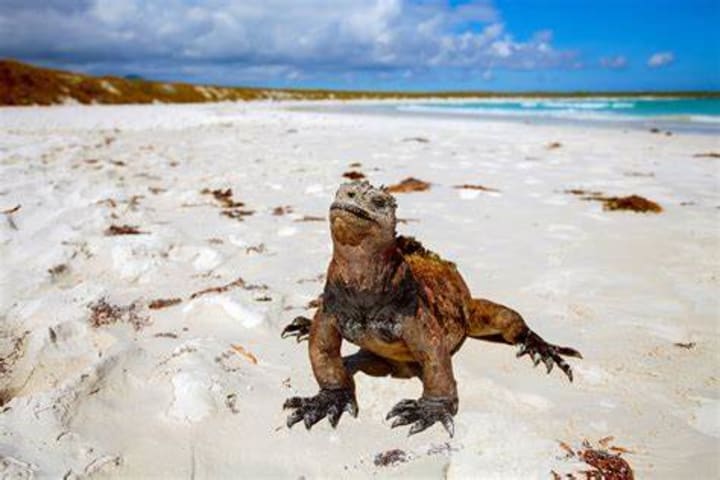
Tortuga Bay has white sand and is a lovely beach. Here you can enjoy swimming, surfing and sunbathing. You can see sharks, marine iguanas, pelicans, and some flamingos.
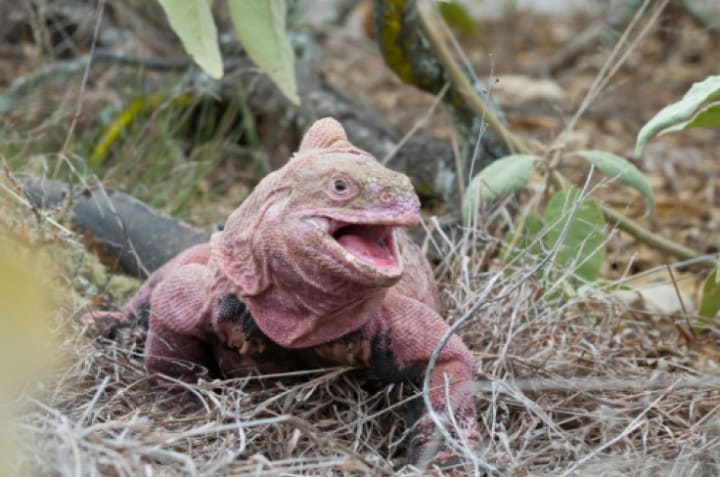
Volcan Wolf can be found on Isla Isabela the largest Galapagos Island. It is found at the northern tip of the island and is the highest point in the Galapagos. It stands at 1707m and is one of the most active volcanoes in the archipelago.
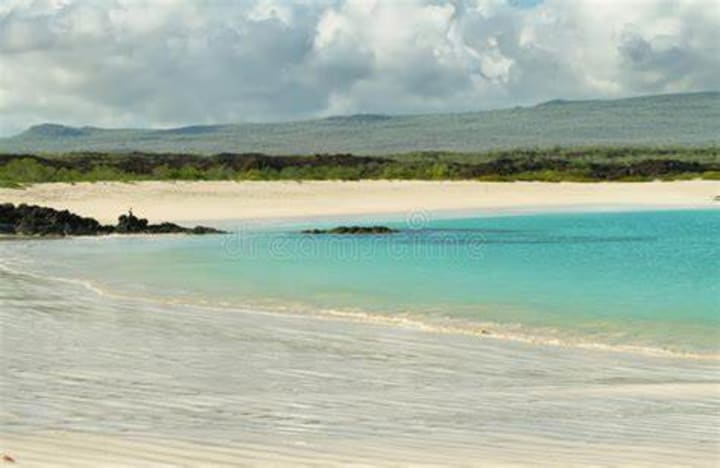
Cerro Brujo is one of the nicest beaches in the Galapagos. It is located on the west side of the island. You can see a colony of sea lions and blue-footed boobies. Behind the white sand beach is a lagoon with egrets and blue herons. You can enjoy snorkeling in the waters.
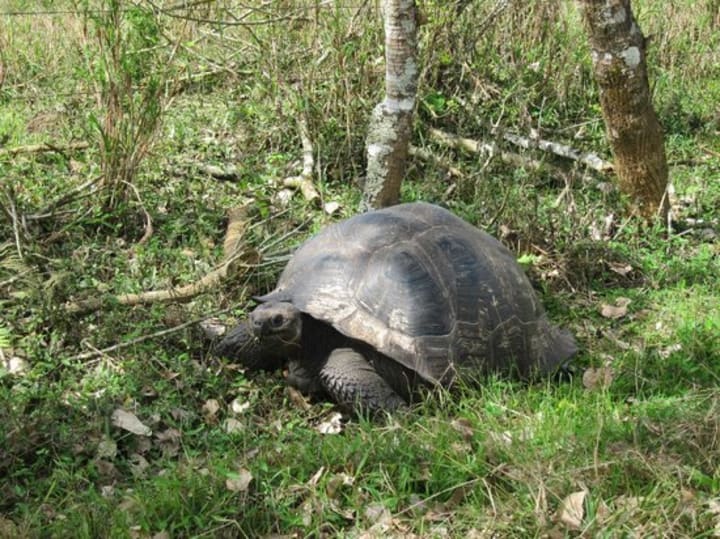
Rancho Primicias is a private ranch that is owned by the Devine family. This is home to dozens of giant tortoises. Visitors can come to see them and there is a cafe that sells cold drinks and hot tea.
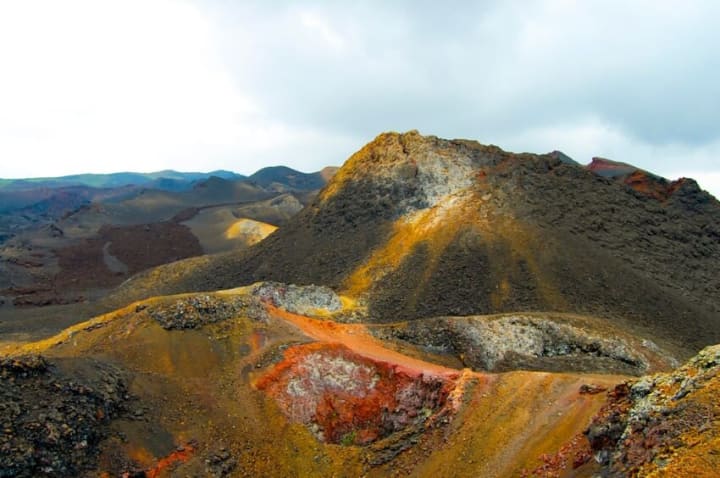
Volcan Sierra Negra is located northwest of the tiny settlement of Tomas de Berlanga. An 8km trail leads around the east side of the volcano. The birds that make their home here include Galapagos hawks, short-eared owls, finches, and flycatchers. You can get fantastic views from nearby Volcan Chico. There are agencies in towns that offer all-day tours.
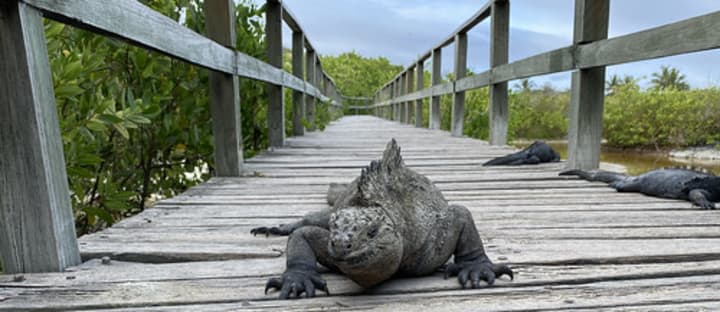
Pozo Villamil is a lagoon with marine iguanas and migrant birds. A trail takes you past the Iguana Crossing Hotel. A wooden boardwalk takes visitors over the lagoon past mangroves and dense vegetation which leads them to the Centro de Crianza de Tortugas or Giant Tortoise Breeding Center.
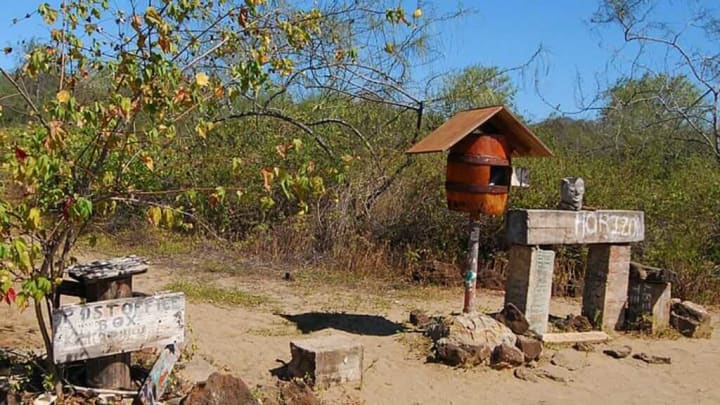
From the breeding center, you get to a small lagoon with pink flamingos. At Post Office Bay is a functioning mailbox for American and British whalers from the late 18th century. Visitors are asked to leave postcards much like messages in a bottle and to take a few to post when they return home.

Lava Tunnels are amazing underground tunnels southeast of the village of Santa Rosa. They can be visited since they have electrical lightning. There are tours available.
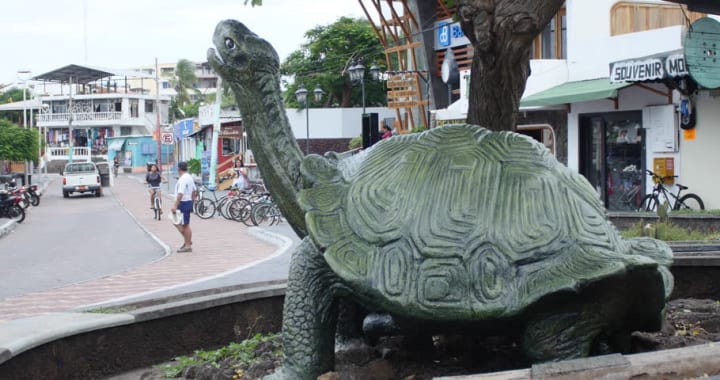
The Tortoise Statue is the most photographed statue.
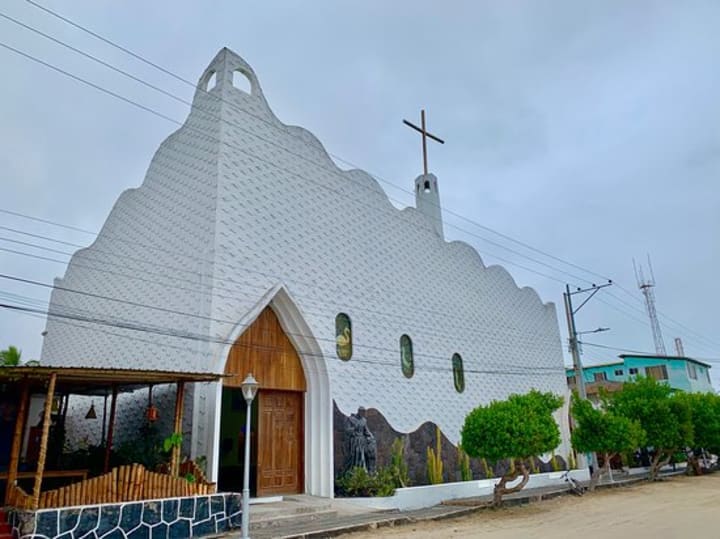
Iglesia Cristo Salvador overshadows the central square and has stained-glass windows with native wildlife like marine iguanas, boobies, penguins, and flamingos. The mural by the altar depicts Jesus ascending above Puerto Villamil where you can see marine birds.
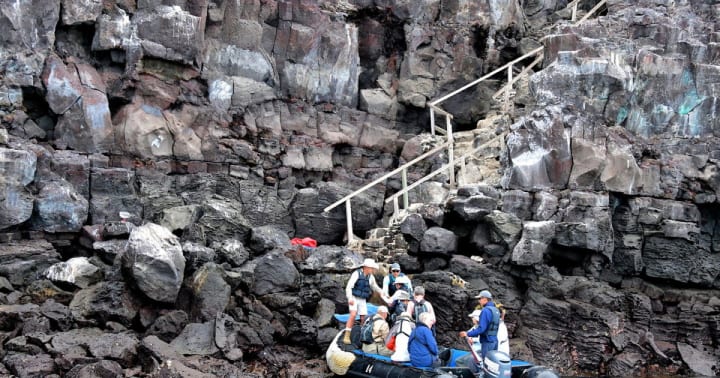
Prince Philip’s Steps or El Barranco are located on the eastern arm of Darwin Bay. They take you up a steep and rocky path to the top of 25m-high cliffs where you can see nesting red-footed and masked boobies.
About the Creator
Rasma Raisters
My passions are writing and creating poetry. I write for several sites online and have four themed blogs on Wordpress. Please follow me on Twitter.





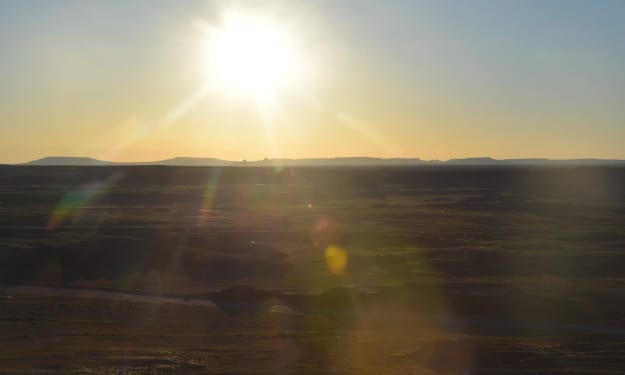
Comments
There are no comments for this story
Be the first to respond and start the conversation.